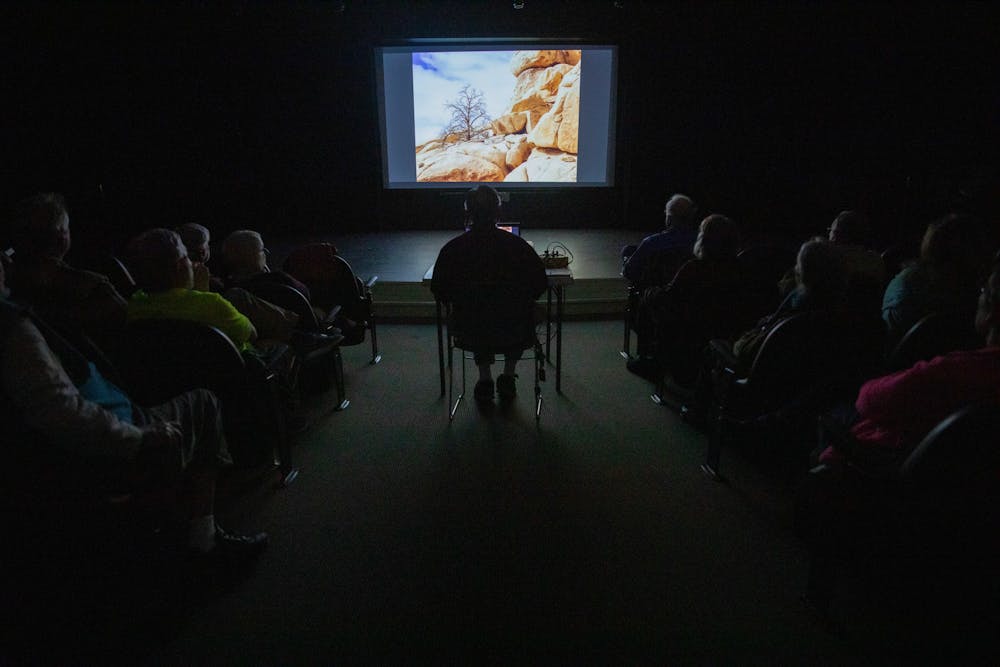The rise of digital photography is far from new, but advances over the course of the decade in cameras and editing software — paired with the rise of social media — has made photography more accessible in a historically elitist career.
Barbara Tyroler, a local photographer specializing in public arts and community projects, worked in Washington, D.C. before coming to the Triangle 10 years ago. She said she was shocked by the lack of interest in multimedia and alternative film development processes in local gallery exhibitions.
“They really didn't know or didn't use electronic media much," she said. "They were still stuck in traditional prints and framing."
Over the last decade, however, Tyroler said galleries in the Triangle have begun to catch up to the photography scenes of the D.C. and New York City areas.
She said exhibitions with images projected on the sides of buildings were unheard of in the Triangle when she first moved here, despite its pervasiveness in the metropolitan areas she came from. Now these formats are catching on in local galleries, bringing photography off of the paper and onto the walls.
“Digital captures have to be collage, multimedia work that could be constructed in Photoshop, Illustrator or some kind of program,” she said. “The more complex it is, I think the more interesting it is for the public.”
Members of the Chapel Hill Camera Club, a group of local photographers founded in 1978, have also witnessed the shift to digital and electronic photography in the area. With meetings every Tuesday, members have the opportunity to share tips, receive constructive criticism of their work, and learn about new photographic technology.
Cal Wong is a member of the club and a macro photographer, which means he takes extremely close-up photos. Wong said the club provides members with a space to talk about art in a way they were unable to before. It became especially helpful when digital photography increased in popularity in the area.
“Around 2005, people were deciding to do digital,” Wong said. “Nobody knew how to do anything and everybody had problems. So, we started a digital discussion group to help each other figure out the things that we didn't know.”



